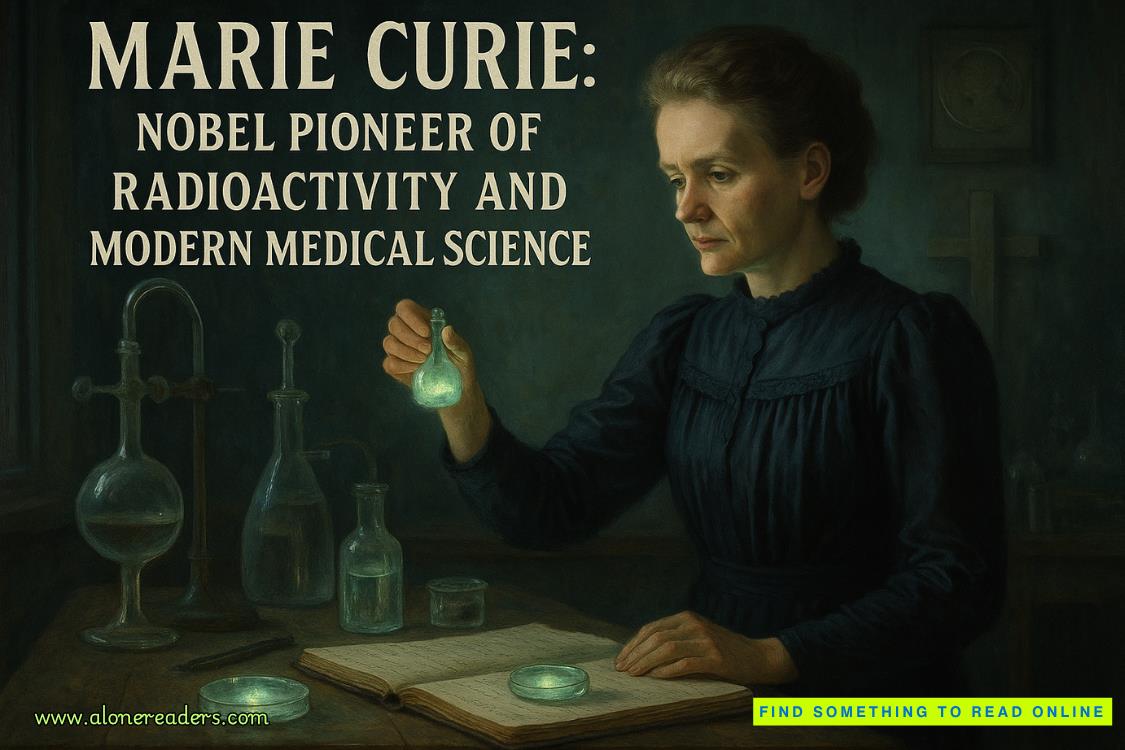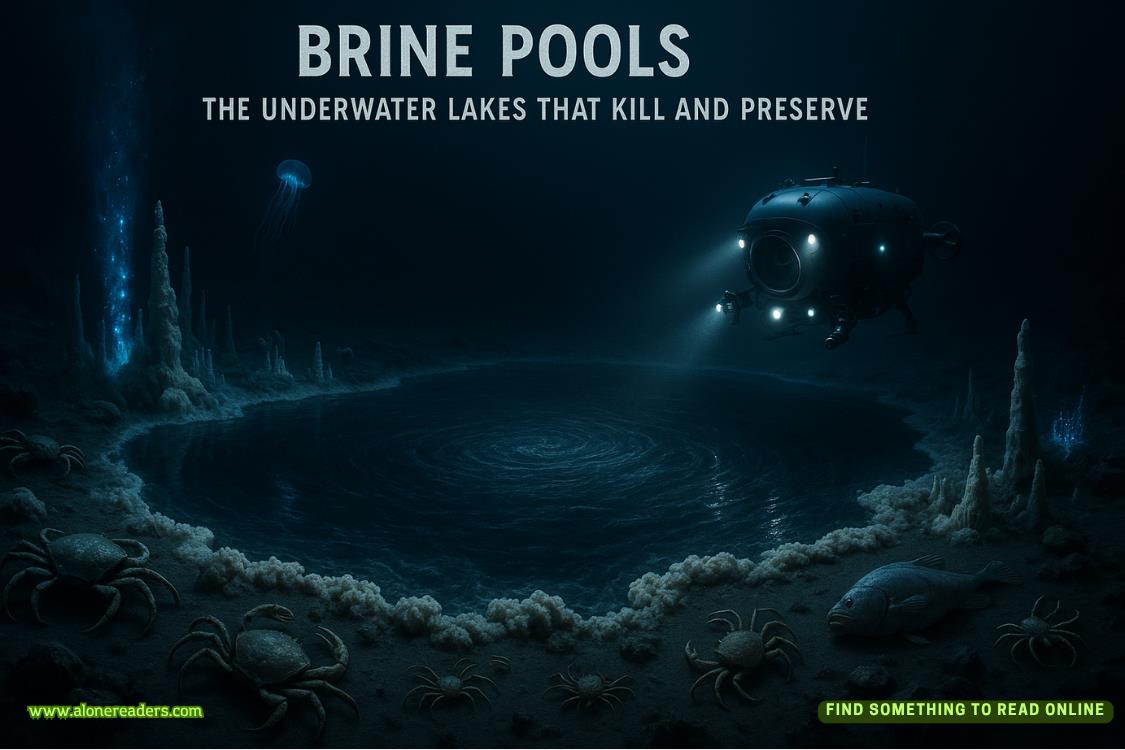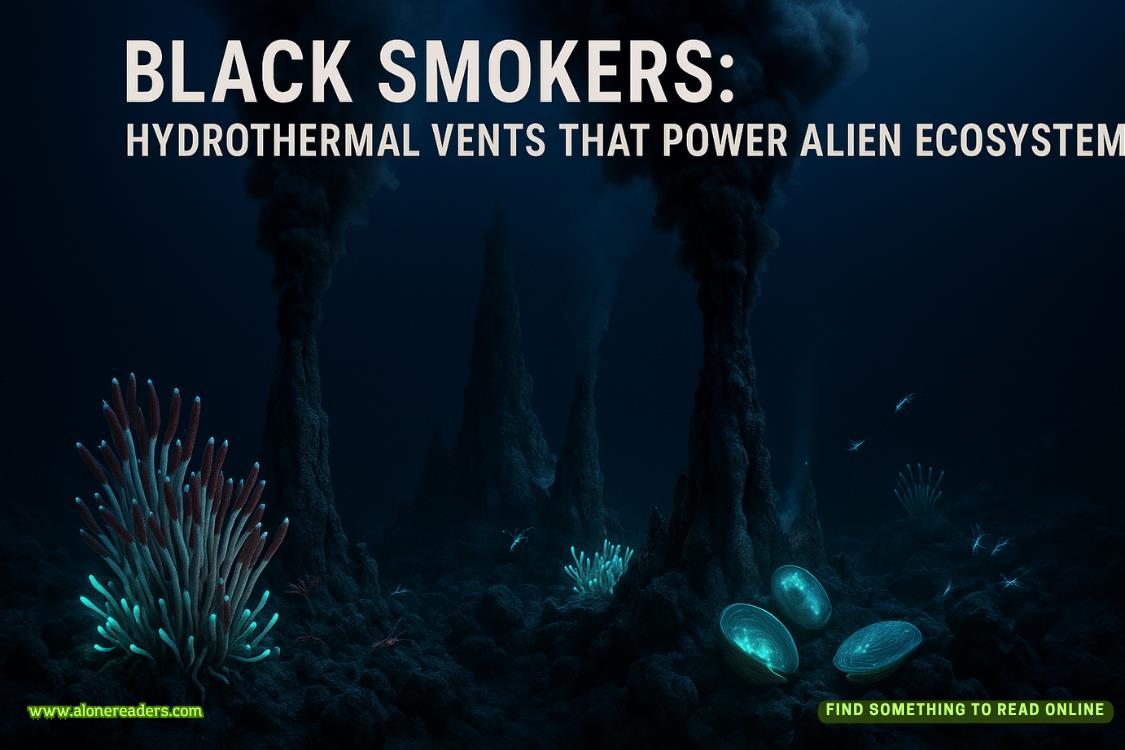Page 1 of Monster (Gone 7)
PART ONE: ORIGIN STORIES
Shade Darby, Four Years Earlier
“IT’S THE MONSTER!” Shade Darby cried out, speaking to no one in particular.
The monster was a girl who appeared to be in her teens but was in reality mere days old. She was known the world over from her first recorded appearance, during which she had torn off a man’s arm and eaten it. While the man watched in shock and agony.
The girl, the creature, the monster, now covered from head to toe in blood, stood in the middle of the highway.
There was no traffic on the highway. There hadn’t been in a year. That was how long the dome had sat astride the 101 at Perdido Beach, creating the world’s longest detour.
One day the dome had simply appeared, a perfect sphere twenty miles in diameter that extended down beneath the ground as far as it rose into the sky. That dome was centered on a nuclear power plant but encompassed vast tracts of forest, hills, farmland, and ocean and almost all the town of Perdido Beach, California, which lay at the extreme southern end.
The instant the dome appeared (impenetrable, opaque, and utterly impervious to drills, lasers, and shaped explosive charges), every single person fifteen years of age and older had been ejected.
Ejected.
They had popped up on the beach, in the road, on lawns, in homes, in people’s swimming pools. Some had been injured or killed, suddenly materializing in front of speeding trucks. Some had drowned, finding themselves without warning a mile out to sea. A few had materialized in solid objects, with one man skewered by a lamppost, like a human shish kebab. And some had been turned inside out, for reasons that no one had understood then or later.
One of the first scientists to be called to the scene to explain this incredible, impossible, and yet terrifyingly real phenomenon was Dr. Heather Darby of Northwestern University, in Evanston, a suburb of Chicago. She had soon realized that this would be no overnight jaunt and that the study of the dome would take months, if not years.
So Dr. Heather Darby had flown her daughter out to stay with her in the temporary housing complex hastily erected by the military.
For Shade Darby, thirteen years old, it had been wonderful. First and foremost, there was the beach. Evanston had a beach but it did not compare to the long stretches of golden sand south of Perdido Beach. Then there was the excitement of being in a sprawling, makeshift compound teeming with soldiers and police and scientists and media and, of course, the Families of the captives in the dome.
The Families. People capitalized it, because everyone knew what that meant. They’d been all over TV, the Families. Hysterical at first, then angry, and finally depressed and resigned and hopeless.
But most of all for Shade, there was the awe-inspiring, overwhelming presence of the dome itself. It was a mystery so profound that no human had yet come close to understanding it, not even her mother.
Finally, after many months, a decision had been reached in secret to explode a small nuclear device—that was the official term; normal people called it a bomb—at the desert-fronting eastern edge of the dome. It was the very first thing to have any impact whatsoever on the dome. And the effect it had was . . . well, the greatest show the world had ever seen, because suddenly the dome had gone . . . transparent.
When the dome first appeared and ejected everyone fifteen and over, it was speculated that all those under that age were still inside the dome, but no one knew for sure. Many thought the dome might be a solid, a massive ball, like the world’s biggest ball bearing, just sitting there. But most believed that approximately 332 children, aged fourteen down to newborn, were trapped inside.
Oh, the theories!
The theory Shade Darby liked best was that they were all inside, all those children. She wanted to believe that some benign power had taken care of them. Shade, like most people, hoped that they were all somehow okay.
Then the dome had become transparent, and the world seemed to freeze in place as every television and news website on earth stared through cameras mounted on TV trucks, drones, helicopters, and satellites—not to mention millions of individual smartphones—at what lay revealed.
The children definitely were inside. They were not okay. They were not at all okay. They were filthy, starved, scarred in body and mind, armed with everything from spiked baseball bats, lead pipes, and kitchen knives to homemade flamethrowers, shotguns, and automatic weapons.
And there were far fewer than 332 still alive.
They stared out through the dome, those wild children, and the world had stared back.
A savage, descent-of-man, dystopian madness.
And of course an instantly trending Twitter and Instagram meme. #Dome #PerdidoBeach #LOTF #BubbleKids. And then, when those inside had managed to communicate through scribbled notes held up for the cameras, the world learned what those on the inside called it, and a new hashtag was born: #FAYZ.
The mordant acronym FAYZ: Fallout Alley Youth Zone.
But the dome was not the only warping of reality, for it soon became clear that some of those inside, not all, but some, had acquired fantastic powers. Supernatural powers. Comic book powers. Powers they did not always use for good.
Shade had been there every day since the dome had gone transparent, watching rapt and often appalled. Her mother had standing orders for Shade to stay away from the dome, but Shade was the daughter of two scientists, and curiosity ran very deep in her genetic makeup. So each day, as soon as she was sure her mother was occupied, Shade would wrap her too-noticeable auburn hair into a bun and cover it with a cap, then sneak from the grim barracks down to the dome, joining the throng of families.
It was the Families who kept it all from being mere spectacle. The Families would hold up signs. Do you know
Monica Cowell? Is James Tipton safe? Please tell me if my son, my daughter, my sister, my grandchild is alive and safe.
#NameTheDead.
Many of the parents and grandparents learned that the one they had been praying for had been dead for months. Dead from starvation. Dead from animal attack. Dead from suicide.
Dead from murder.
A girl who called herself the Breeze, a skinny, puckish girl who could move at impossible speeds, wrote signs and held them up to be seen and photographed.
Sorry, your son Hunter is dead.
Sorry, your daughter Carla died eight months ago.
Sorry. Sorry. Sorry.
Life had not been peaceful inside what the media and the authorities and even the president of the United States called the Perdido Beach Anomaly. PBA. PBA lacked the bitterly dry humor of FAYZ, which solemn adults thought too glib.
Anomaly: something that deviates from what is standard, normal, or expected. Synonyms: oddity, peculiarity, abnormality, irregularity, inconsistency, incongruity, aberration, quirk, rarity. “PBA” was safe and bloodless and sounded scientific, but Shade knew that all it signified was “We don’t know.”
Theories? Lots of theories. But understanding? There was none of that.















